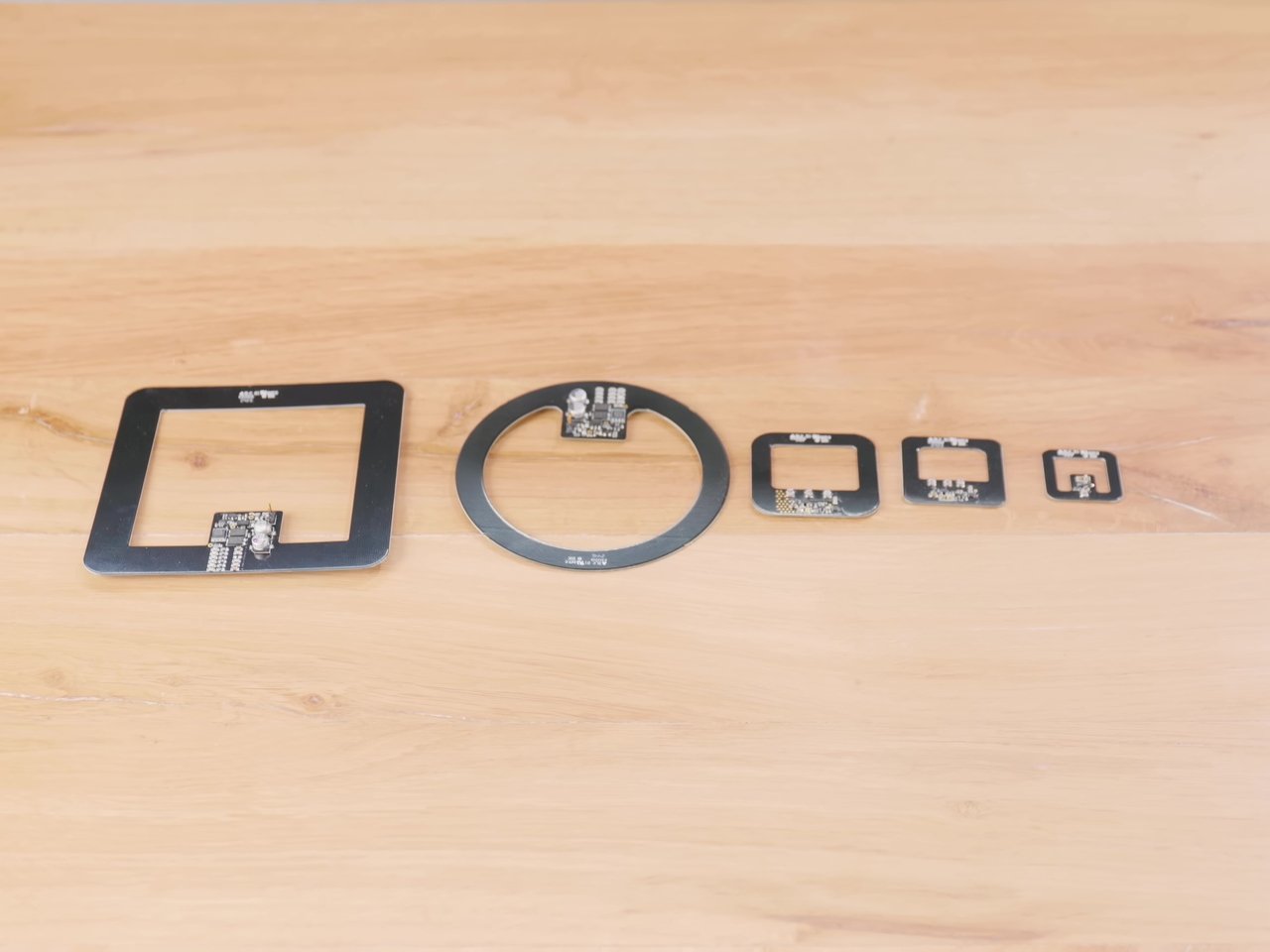Wireless charging is showing up everywhere these days, promising a life without tangled cords and cluttered outlets. Still, as cool as it sounds, today’s wireless charging often feels a little underwhelming. You have to find the exact spot on the pad, and your device needs to be pressed right up against it. Most of the time, it is just enough to top up your phone, but not much else.
For those dreaming of a world where you can drop anything on your desk and watch it light up, the wait might not be as far off as it seems. Thanks to a jaw-dropping DIY project, the idea of a truly wireless workspace is not just wishful thinking anymore. This clever build pulls back the curtain and shows what it really looks like to have a desk without a single cable peeking out.
Designer: Matthew Perks (DIY Perks)


The secret sauce behind this futuristic setup is a technology from Etherdyne (ETI) which delivers an impressive 100W of power completely through the air. It is not a commercial product just yet, but it is light-years ahead of the average charging pad. The challenge is not the tech itself, but making it work in a way that fits into everyday life so that ordinary people can see the appeal.




The desk itself is a work of art, crafted from plywood not just for its looks, but for its function. Wood does not block the magnetic fields that power the system, and it is easy to shape and modify for all the hidden electronics. The result is a workspace that looks natural and timeless, with every bit of magic tucked away inside the panels and legs.




Of course, a little bit of wiring is still lurking beneath the surface. The main cable running from the wall socket to the power supply, along with the one looping around the desk to create the wireless “bubble,” are all cleverly hidden. Even the Framework Laptop mainboard, which acts as the desk’s built-in computer, is stowed away with its own power cord, out of sight and out of mind.




The real showstopper is what happens on the surface. Keyboards and mice keep the illusion alive with their own batteries, but the real stars are the custom-modified speakers, microphone, and monitor stand. Each one was painstakingly altered to draw power from the desk’s invisible field, meaning everything works without any cords trailing across the desk. Pulling this off is no small feat; it is definitely a project for the hardcore DIY crowd.



There are still plenty of hurdles to jump before everyone can enjoy a cable-free desk, especially the price tag for this kind of setup. But this build is a glimpse of what the future could look like, a promise that someday, we might finally get to say goodbye to the cable jungle for good.







